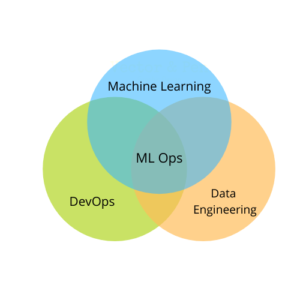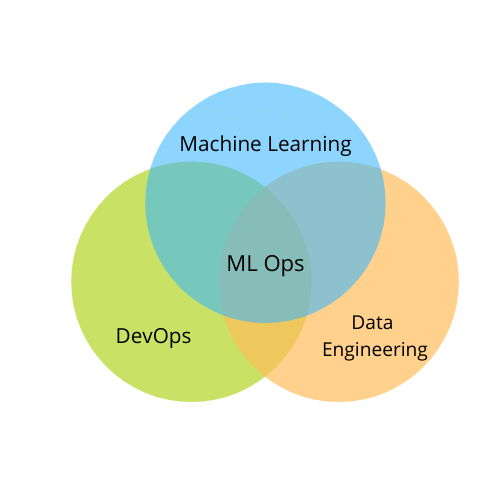In the ever-evolving realm of artificial intelligence and machine learning, the fusion of data science and IT operations has given rise to a critical discipline known as MLOps, or Machine Learning Operations. MLOps serves as the bridge between the development of machine learning models and their deployment into production, ensuring a seamless and efficient lifecycle for these complex algorithms.
At its core, MLOps aims to enhance collaboration and communication between data scientists, developers, and operations teams. The traditional challenges of transitioning from experimentation to deployment often involve issues of scalability, reproducibility, and maintaining model performance in real-world scenarios. MLOps addresses these challenges by establishing standardized processes and workflows.
One key aspect of MLOps is automation. By automating the end-to-end machine learning pipeline, from data preparation to model deployment, organizations can accelerate development cycles and reduce the risk of errors. Automation not only streamlines processes but also facilitates the reproducibility of models, enabling teams to recreate and verify results at any point in the development lifecycle.

Version control is another crucial component of Machine Learning Operations. Just as in traditional software development, versioning in MLOps allows teams to track changes to code, data, and models over time. This not only ensures traceability but also facilitates collaboration among team members, making it easier to work on different aspects of the project concurrently.
Machine Learning Operations also emphasizes the importance of continuous integration and continuous deployment (CI/CD) practices. CI/CD pipelines enable organizations to integrate code changes regularly, automatically test them, and deploy them to production, reducing the time between development and deployment. This approach enhances agility, allowing teams to respond quickly to evolving requirements and market dynamics.
In conclusion, It plays a pivotal role in the successful integration of machine learning into operational workflows. By fostering collaboration, embracing automation, implementing version control, and adopting CI/CD practices, organizations can navigate the complex landscape of MLOps and unlock the full potential of their machine learning initiatives. As the synergy between development and operations continues to evolve, MLOps stands as a testament to the ever-growing importance of harmonizing cutting-edge technology with operational efficiency.





